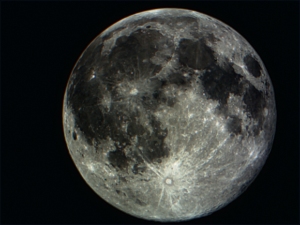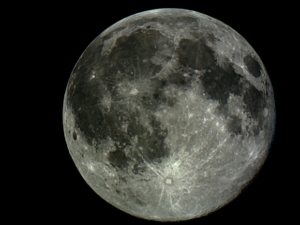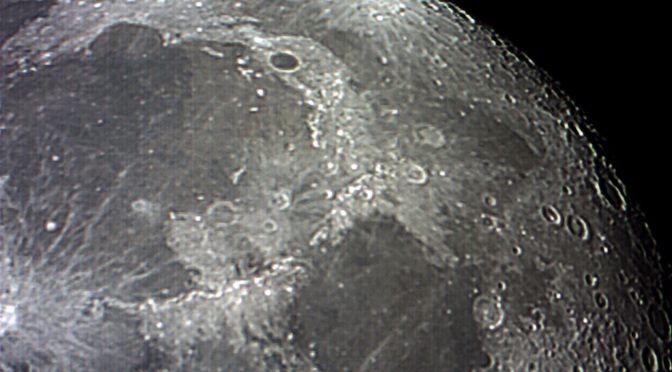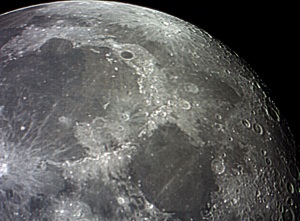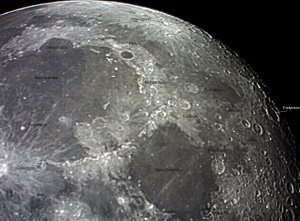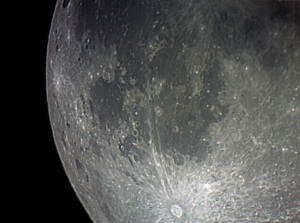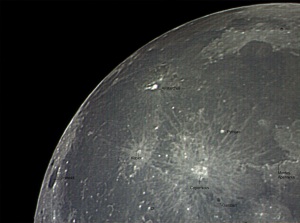I was able to finally get a full moon shot in one photo. I have mixed thoughts on this. First off it is very satisfying to get the entire moon in one shot. It is also extremely easy to process as one photo rather than a mosaic of several at once.
For white a while I was trying to get all my wide shots into the view of the scope. In this case I used my 6se, the c-11 I have not used yet. . . my neighborhood isn’t the greatest and after a close call I have decided to wait to take it out when I move. Let me digress, with the 6se, I had large objects or wide field shots I would see done and wonder how they were taken. I did quite a bit of digging and experimenting. I normally would have to take 9 shots to fit the entire moon disk into one mosaic photo. I found using correctors and focal reducers I was able to fit the entire disk into the shot. The only draw back is that the focal reducers make the optics faster, meaning more light and having to drop down the gain and exposure time.
The equipment list for the shots in this article I used the following (links are to help you find the equipment instead of having to dig for them like I had, I’m not endorsing any product.):
Orion 0.5x Focal Reducer for StarShoot G3 Imaging Cameras
I also used the moon filter that came with the celestron lens and eyepiece kit in the bundle pack.
For software I used the i-cap from celestron and registax 6 with the 6.1 update installed. and Photoshop for final processing.
I tried a few different settings in the photos I’m not trilled with them as far as detail goes, that’s the draw back from getting the entire picture in one shot. I am going to spend a considerable amount of time experimenting with the settings on the camera to see if I can get better shots through better settings. The thing I am happy about is that I was able to get a rather large shot of a wide view
I’m goign to link my photo album here where you can get the full moon in a 16bit .tif file or the jpeg. I don’t mind you using it just give credit when it applies.
Jpeg versions are as follows:

